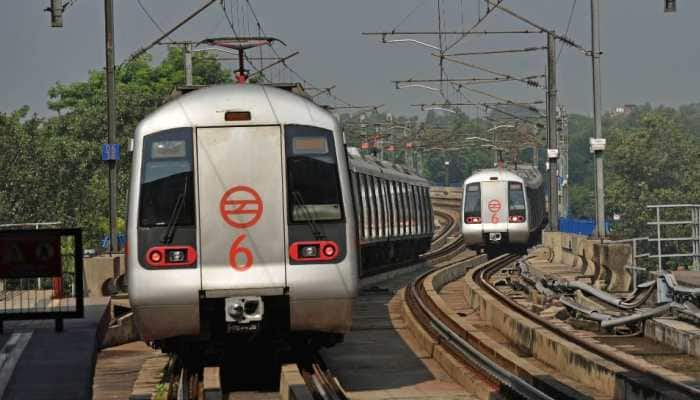Space Technology and Agriculture: How Space Derived Data is Revolutionizing Farming Practices
In recent years, space technology has been transforming numerous sectors on Earth, how it affects on Agriculture sector
Trending Photos
)
In recent years, space technology has been transforming numerous sectors on Earth, but its most profound impact might be on agriculture. Satellite-enabled applications have the potential to revolutionise farming practices, ensuring food security and promoting sustainable agriculture. By 2030, the agricultural sector could see significant advancements driven by space technology according to the World Economic Forum
Traditionally, the use of satellite imagery in agriculture faced challenges due to the high cost and insufficient quality of the images.Advancements in technology are rapidly changing this landscape. The quality of satellite imagery is improving, and the costs are decreasing, making it more accessible to farmers and other stakeholders in the agricultural sector.
One of the most significant benefits of satellite technology in agriculture is the early identification of pest threats. Using hyperspectral and optical satellite imagery, farmers can detect pest infestations at an early stage, potentially saving up to 0.8 billion tonnes of crops annually. This early detection allows for timely intervention, reducing crop losses and improving overall yield.
Moreover, satellite technology can help reduce the need for agricultural inputs such as fertilisers and pesticides. Precise data from satellites enables farmers to apply these inputs more efficiently, leading to significant cost savings and environmental benefits. It is estimated that reducing inputs could save up to 50 million tonnes of carbon dioxide emissions per year and reduce water usage by up to 2.8 billion litres annually through improved irrigation practices.
Considering that agriculture is a major global emitter of greenhouse gases and consumes nearly two-thirds of global freshwater withdrawals, these advancements are crucial. By leveraging satellite technology, the agricultural sector can contribute to climate action and sustainable resource management.
The economic benefits of space technology in agriculture are also substantial. Reducing food waste through better planning and resource management could add an estimated $150-175 billion in economic value for producers. Additionally, a 5% reduction in input costs could save growers around $7-8 billion annually.
However, to fully realise the potential of space technology in agriculture, coordinated efforts from all stakeholders are essential. Data sharing among farmers, governments, logistics providers, and other players in the sector is critical for maximising the benefits of satellite-enabled applications. Collaboration will ensure that the insights gained from satellite data are used effectively to drive innovation and sustainability in agriculture.
Space technology holds immense promise for the future of agriculture. By harnessing the power of satellite imagery and data, the agricultural sector can achieve significant improvements in productivity, sustainability, and economic value. As we look toward 2030, continued advancements in space technology will play a pivotal role in transforming agriculture and ensuring food security for a growing global population.
Stay informed on all the latest news, real-time breaking news updates, and follow all the important headlines in india news and world News on Zee News.
Live Tv







)
)
)
)
)
)
)
)
)
)
